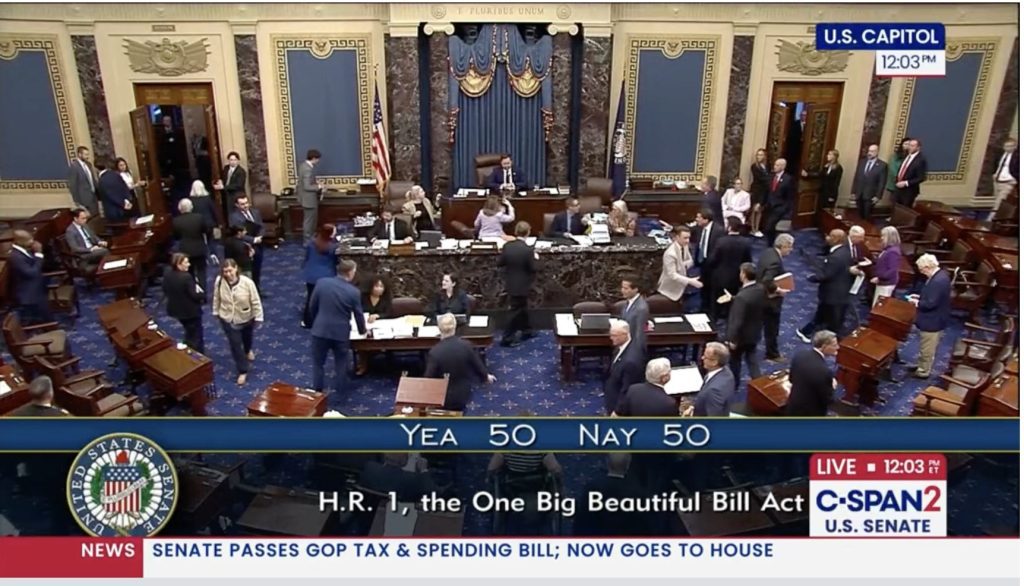By Savannah Clemmons
Scientists and researchers at Virginia Tech have begun to use computer-generated models that could help fight toxic PCB chemicals in the New River.
PCBs, or polychlorinated biphenyls, are industrial compounds that were banned in 1977 after scientists found them to be possible causes of several illnesses, including gastrointestinal disease and cancer. Humans come in contact with PCBs through the consumption of fish. Since 2001, the Virginia Department of Health has maintained several advisories against consuming certain fish caught from the New River.
In order to more aggressively confront PCBs, researchers are using computer-generated models to pinpoint the sources of contaminants in the river and to gauge the extent of the pollution. This mapping technology will allow researchers to better understand how toxic chemicals move and interact with ecosystems over time.
According to the Virginia Department of Environmental Quality, mapping PCBs in the New River is an important step in understanding how to stop the spread of pollution and obtain higher water quality.
Related Articles
Latest News
More Stories

Leave a comment
Your email address will not be published. Required fields are marked *


![“[There are] still a lot of individuals who need support, especially here in Green Cove, Whitetop, Konnarock — those are the communities up on the mountain,” says Little. “We were a part of Damascus, but because we are on the mountain outside of Damascus, a lot of the resources and help have not made their way here.” Photo by Jimmy Davidson.](https://appvoices.org/wp-content/uploads/2025/07/Virginia_Creeper_Trail_JMDavidson-32-1024x768.jpg)


i have read that there is a toxic zinc site on the indian creek branch in Virginia leaking into the new river . can you tell me what the status is regarding the cleanup for that. thanks. hc